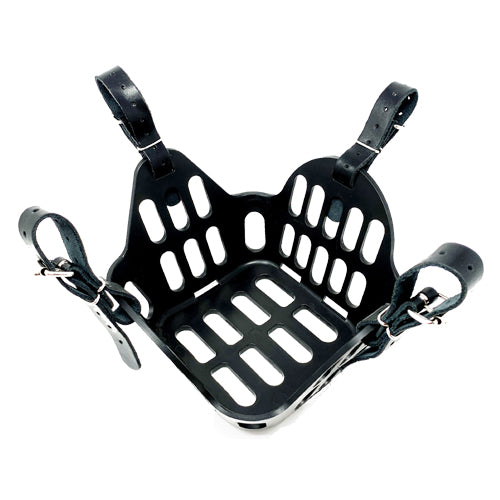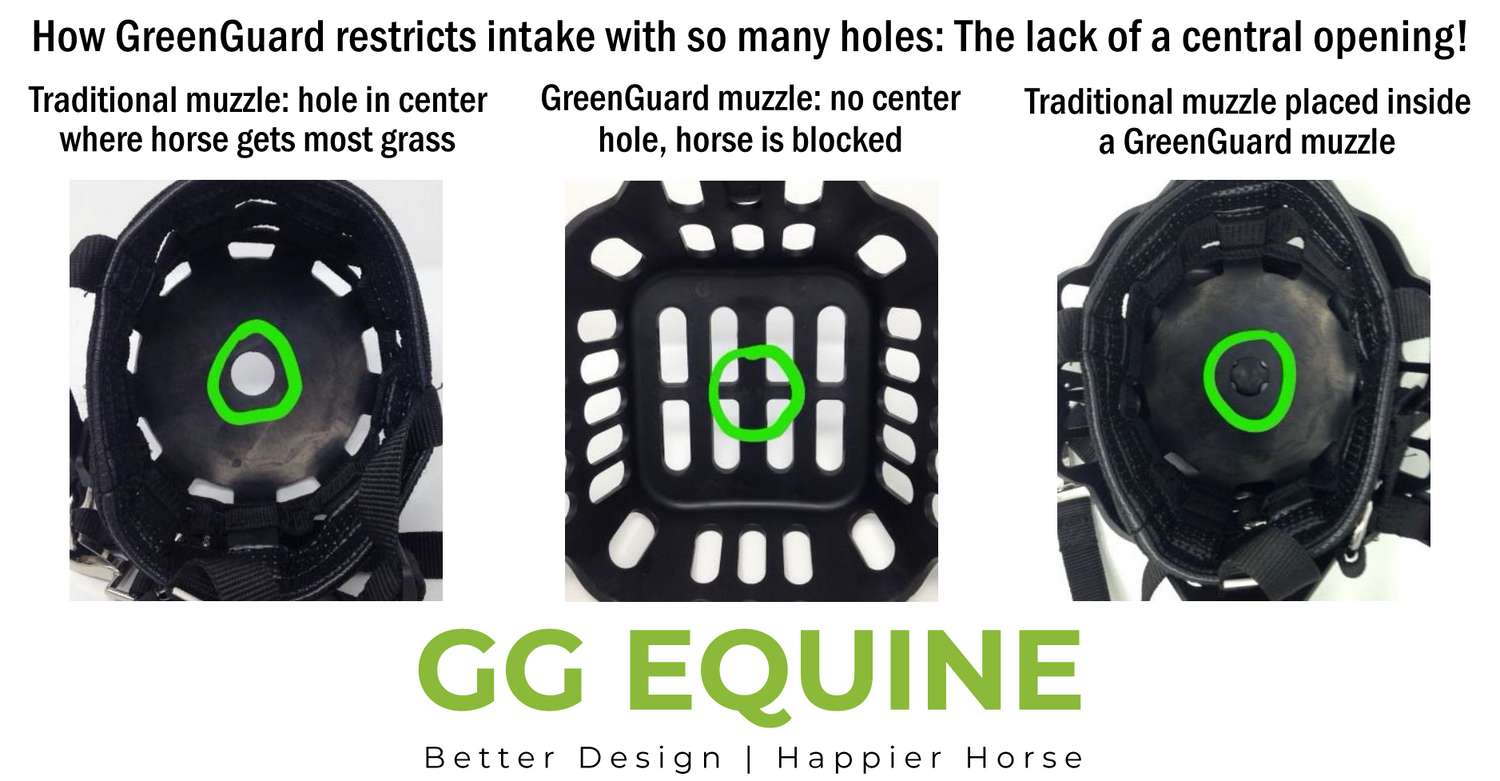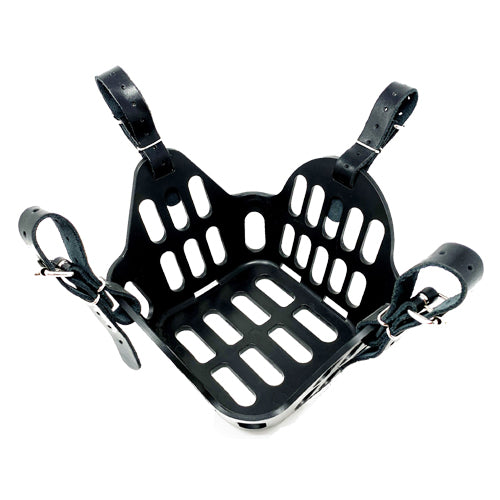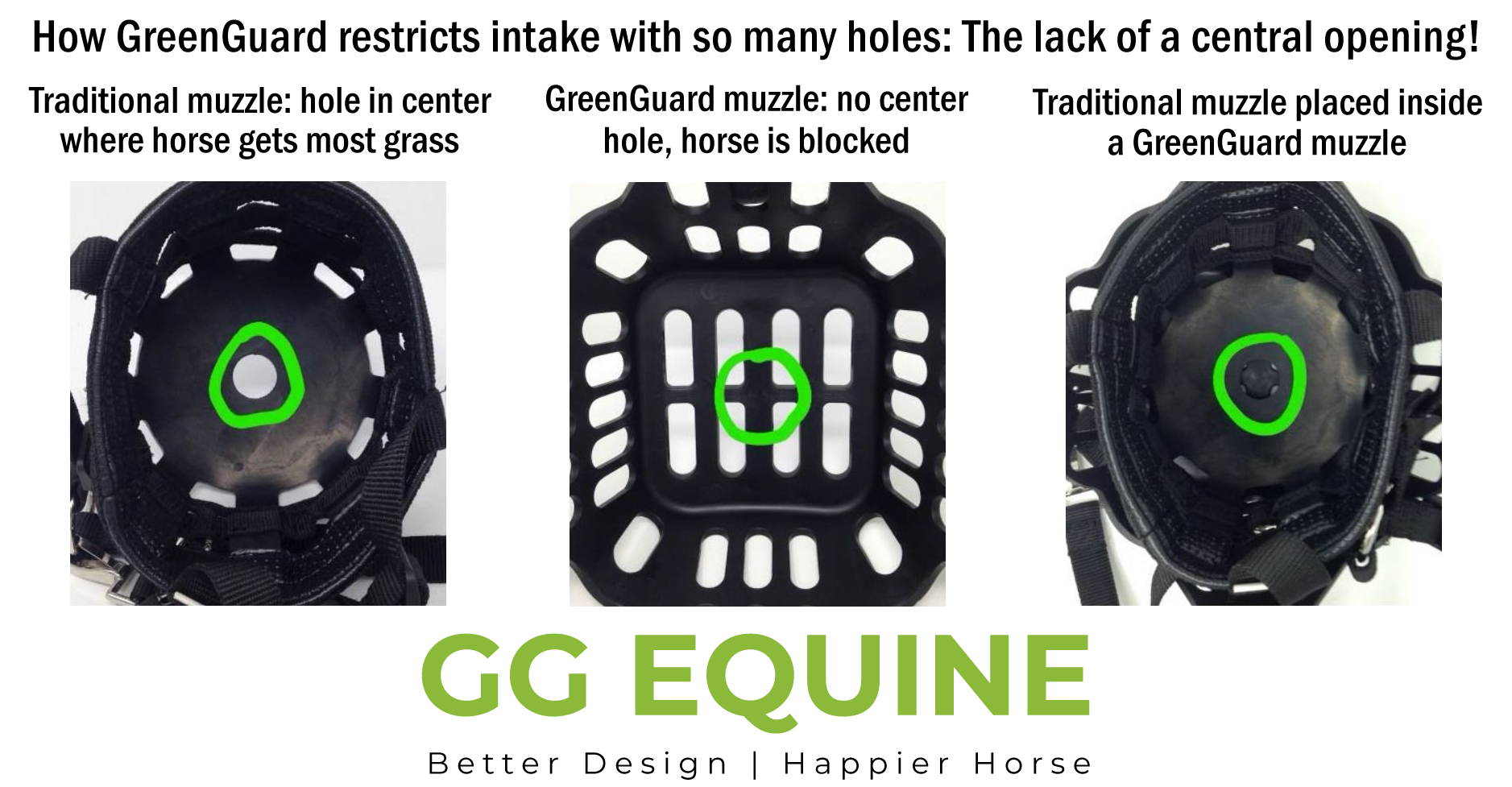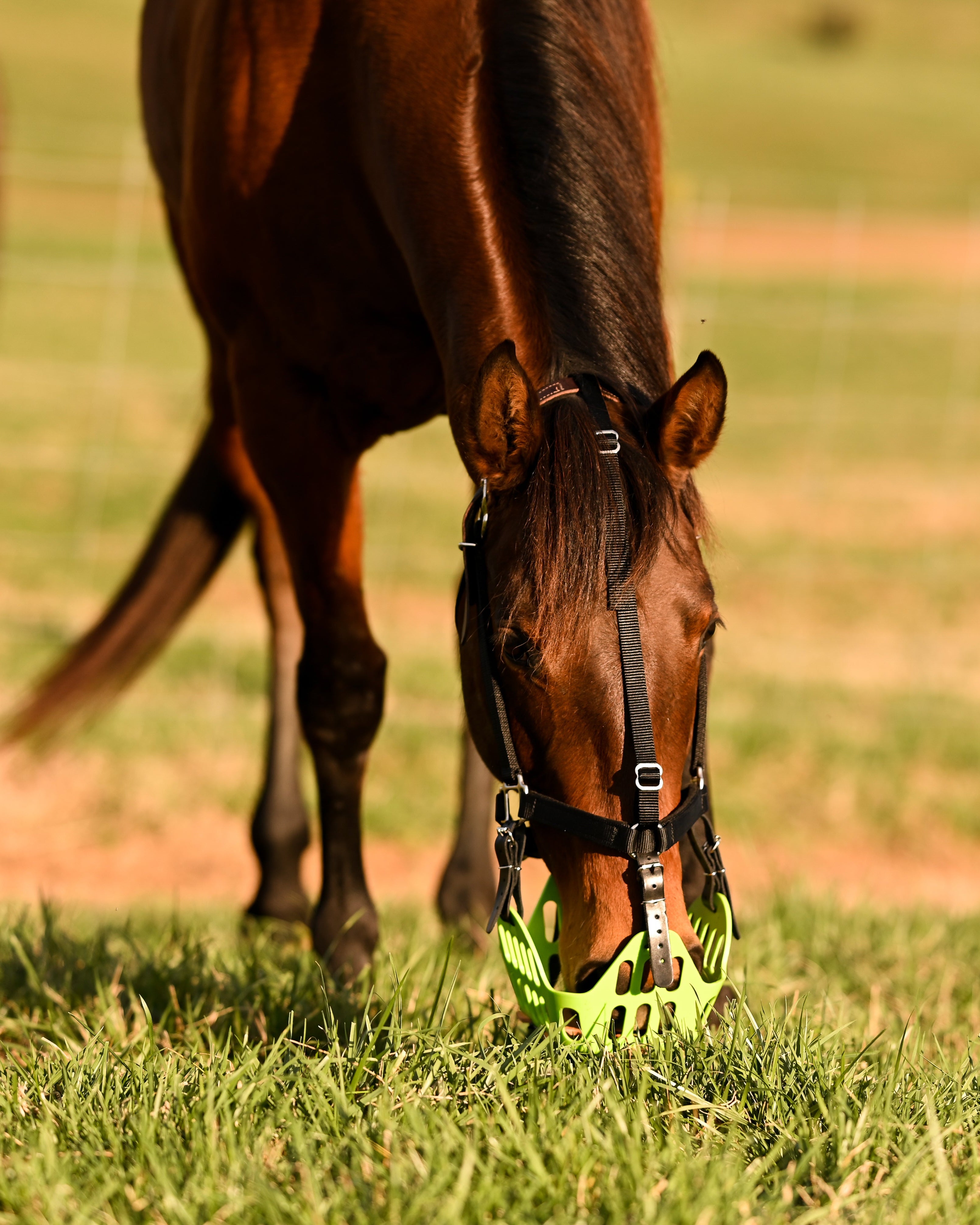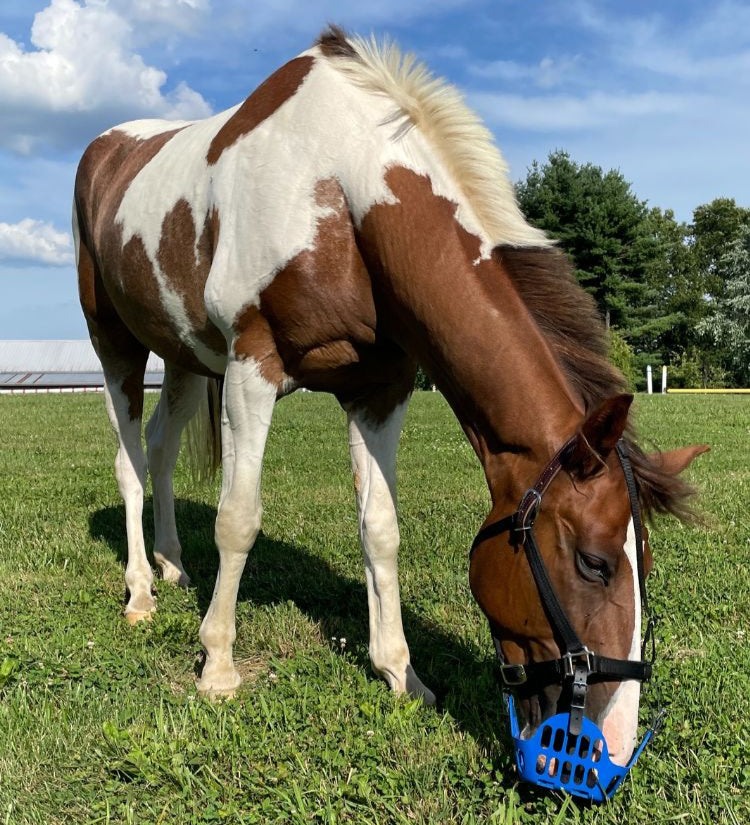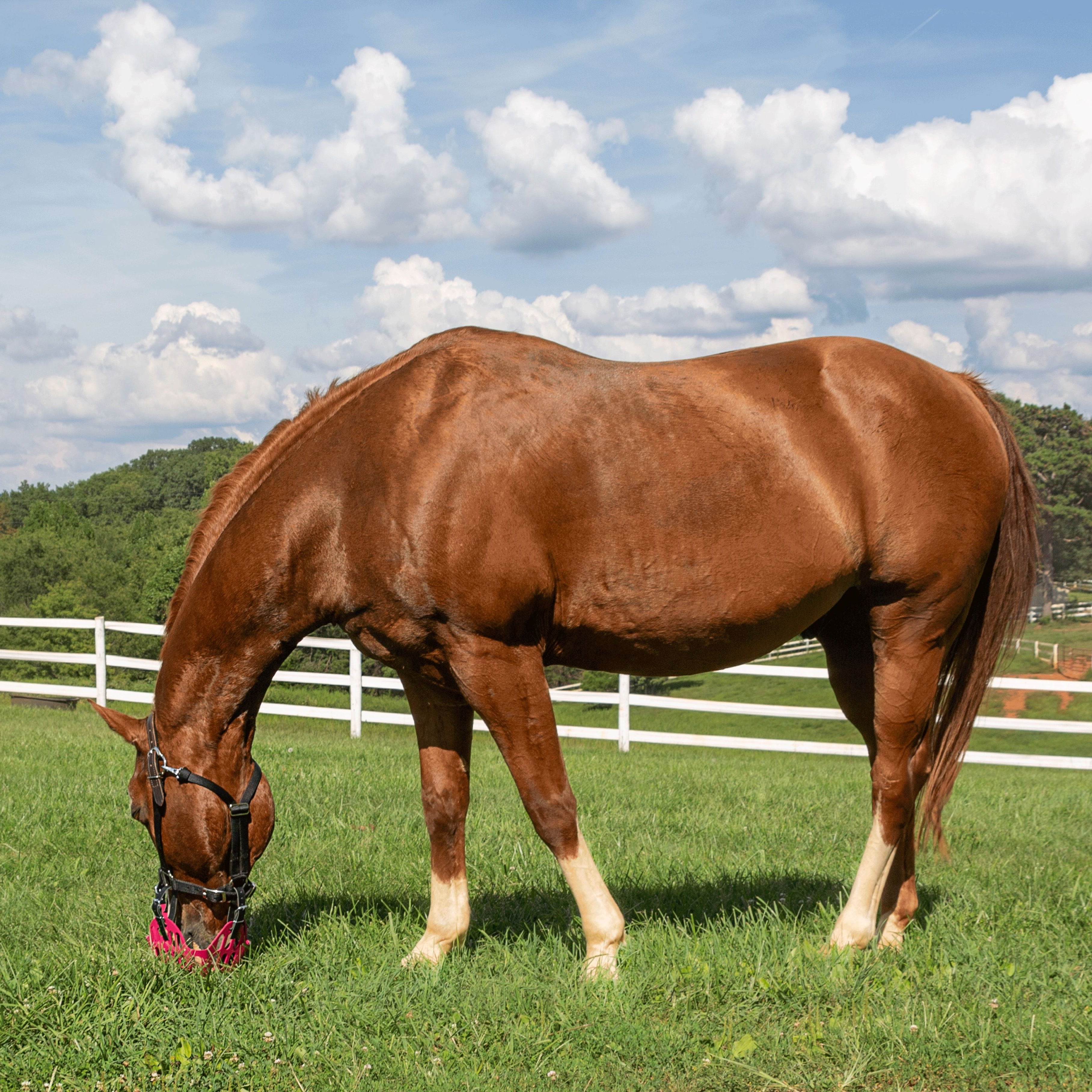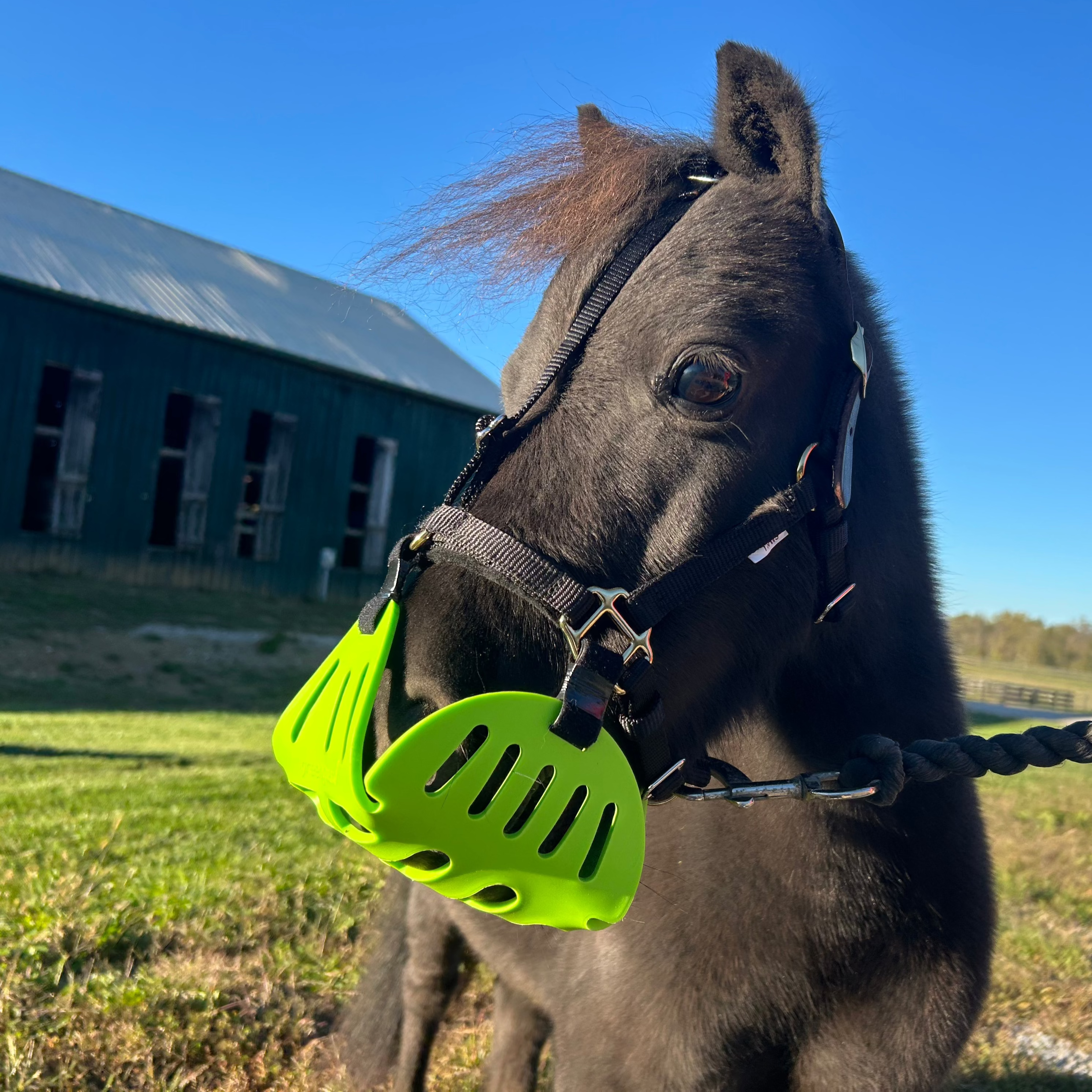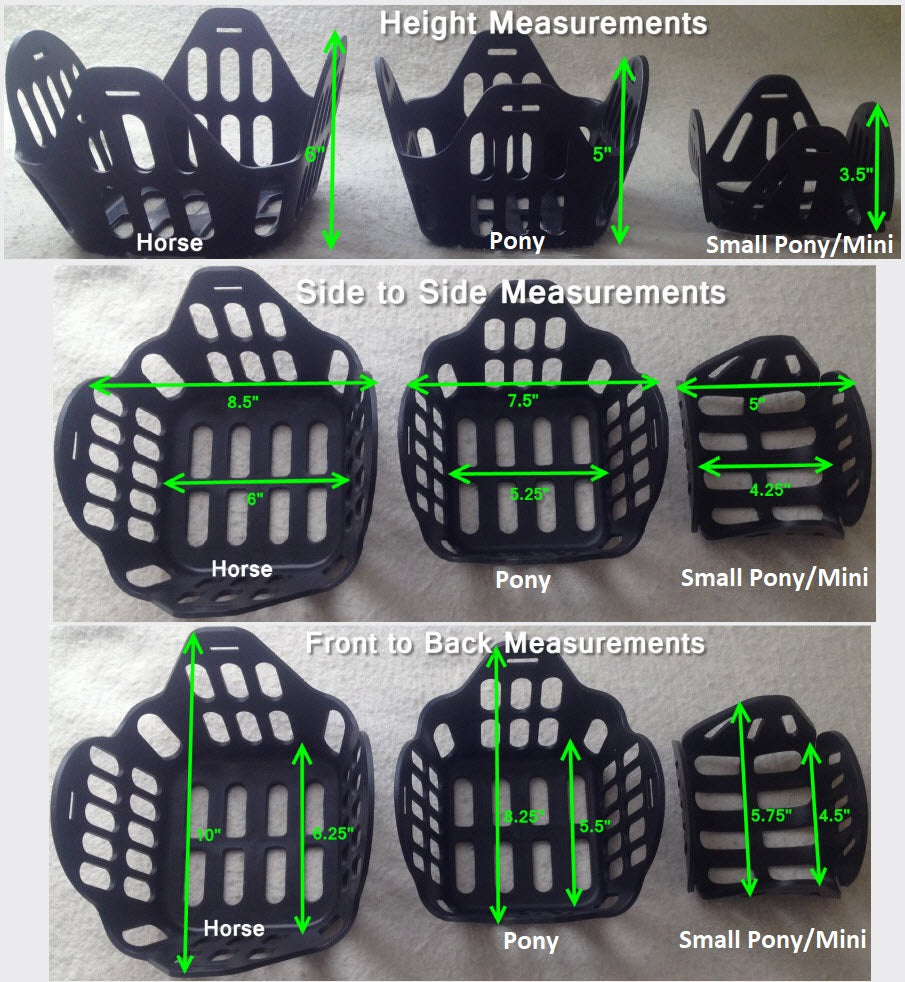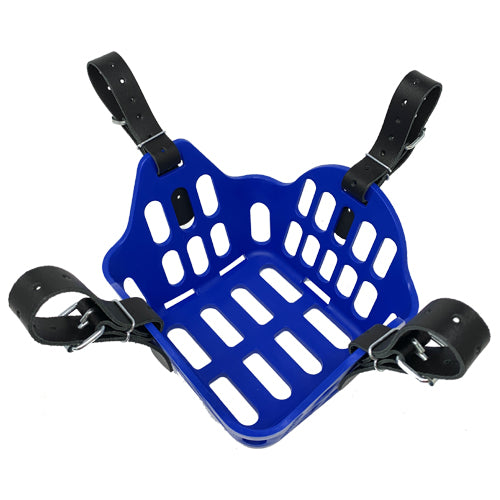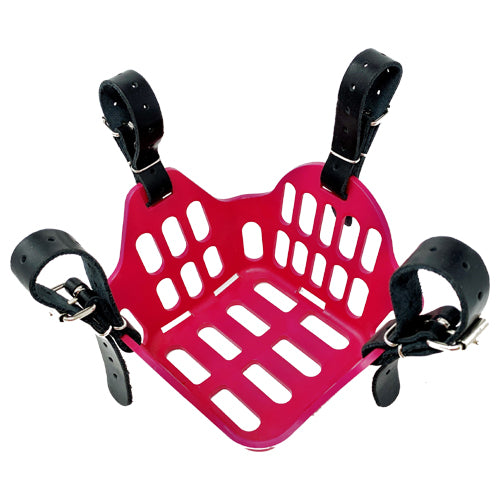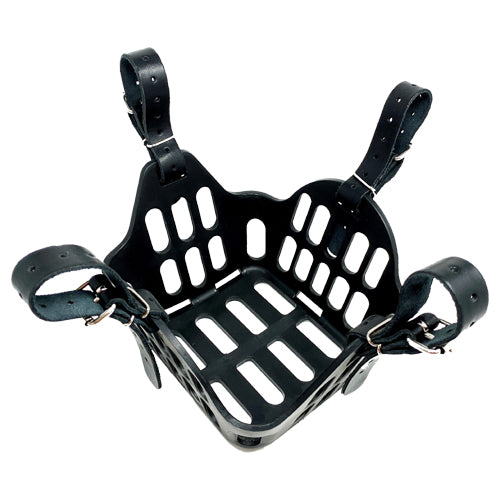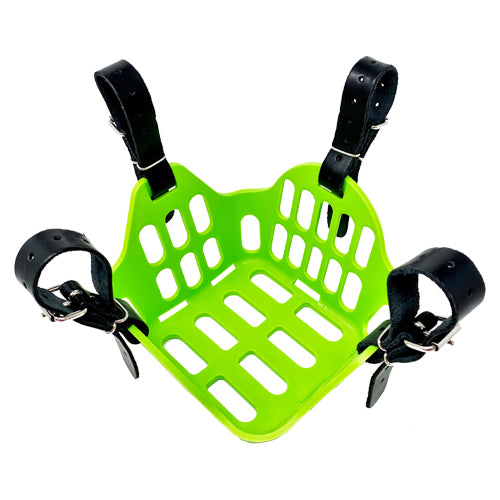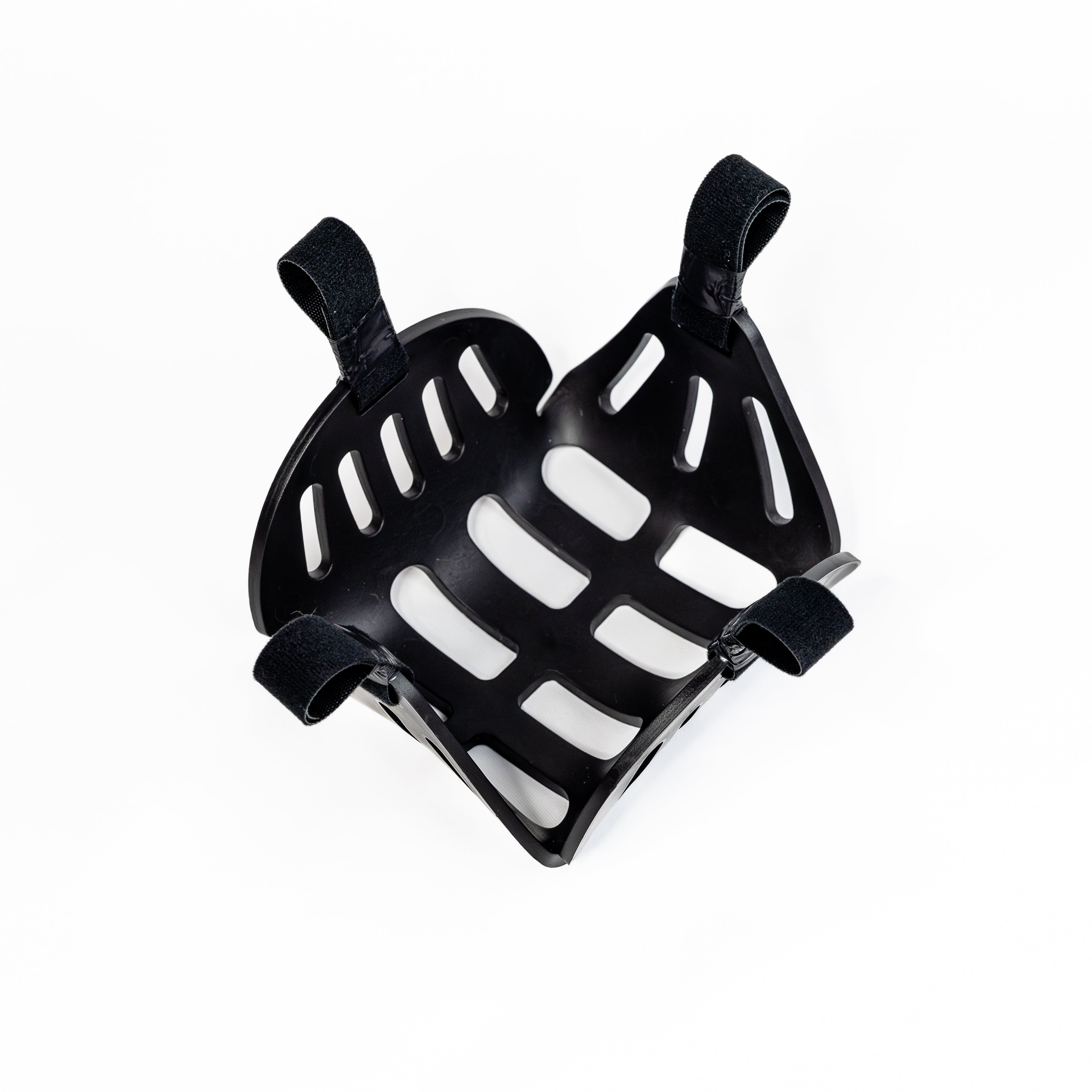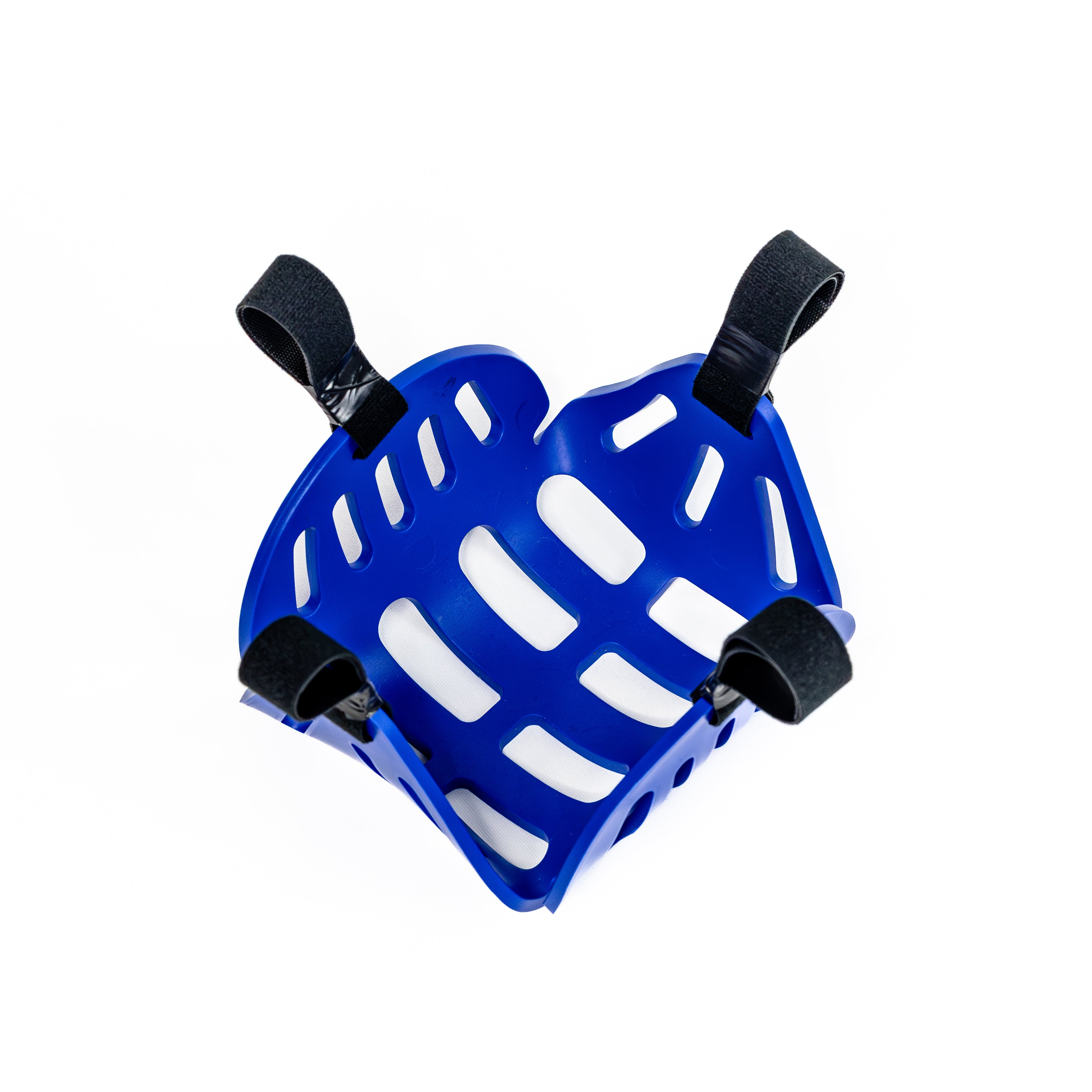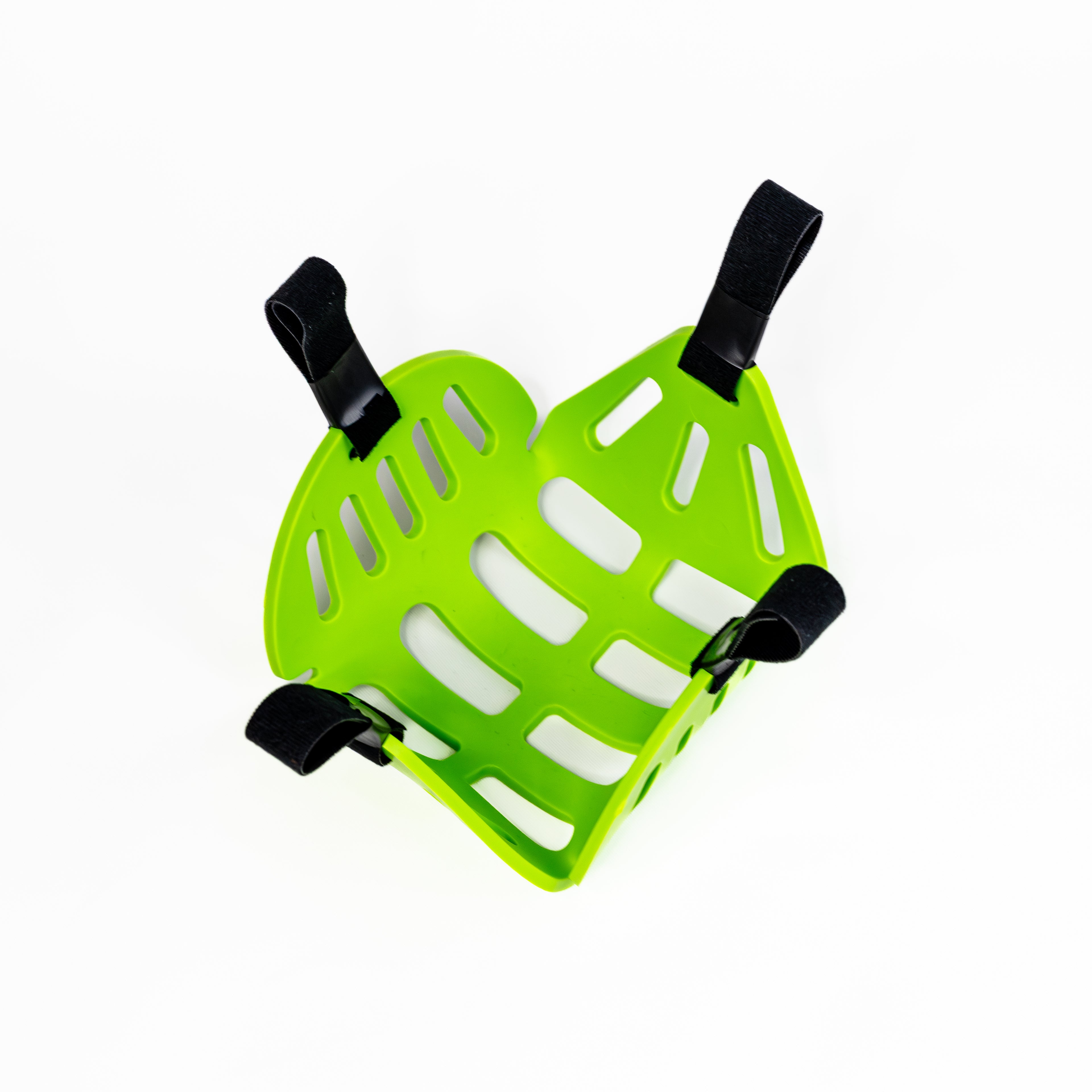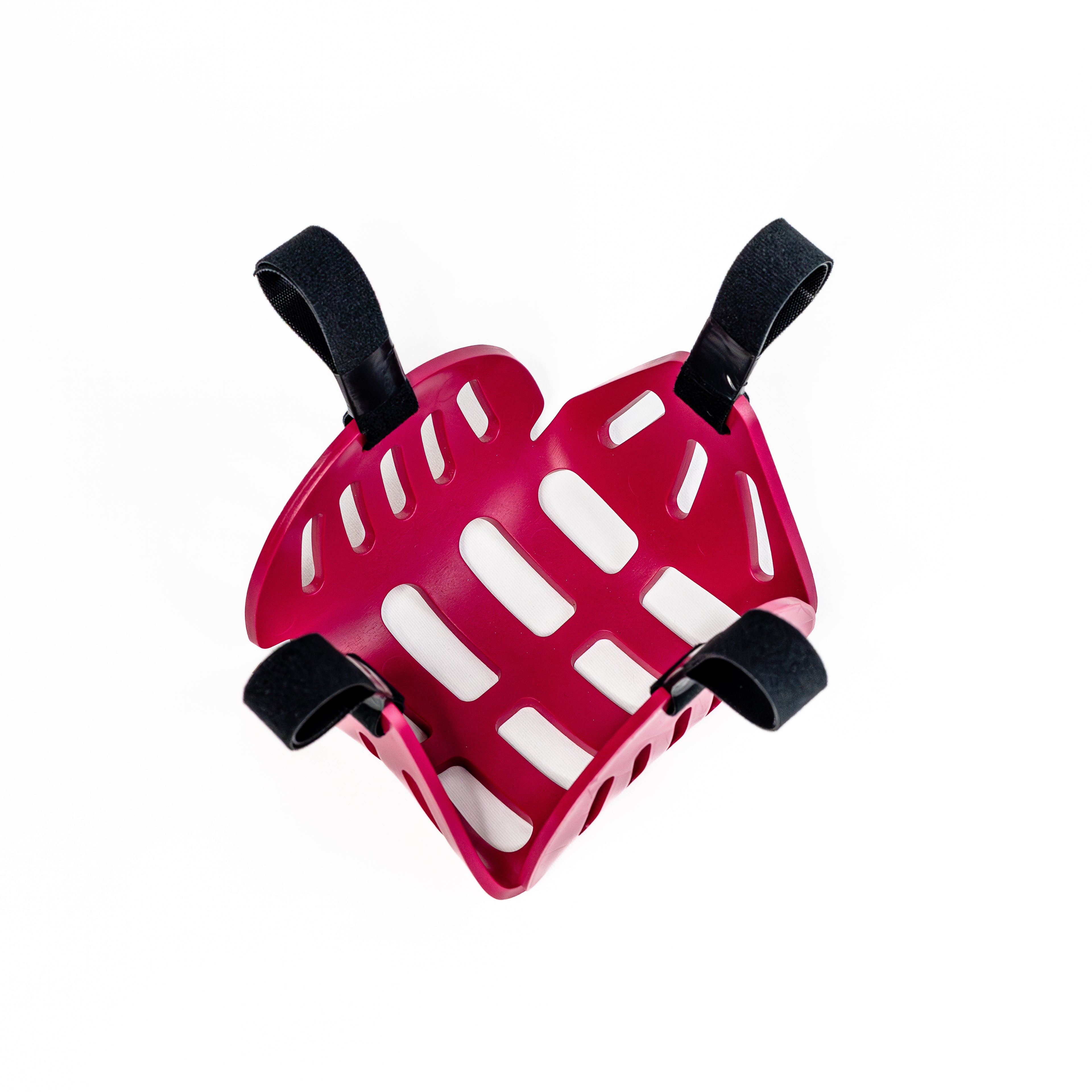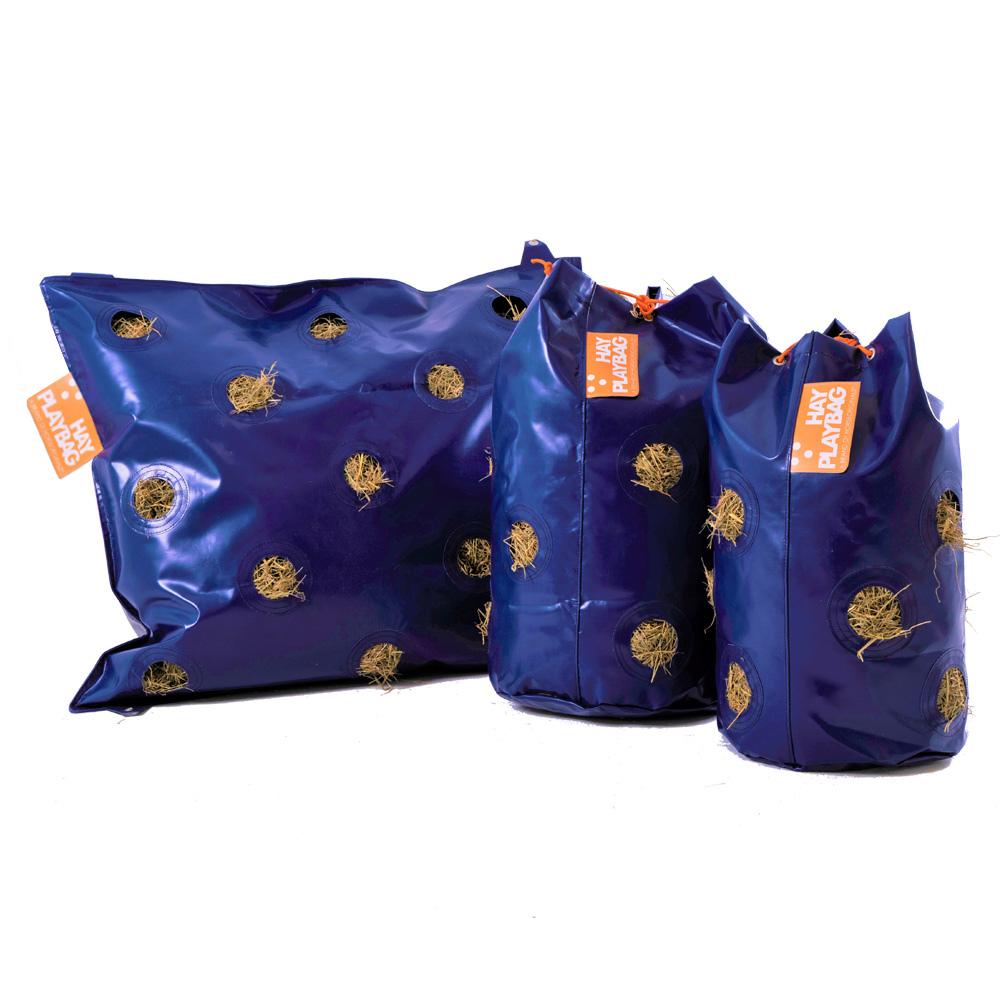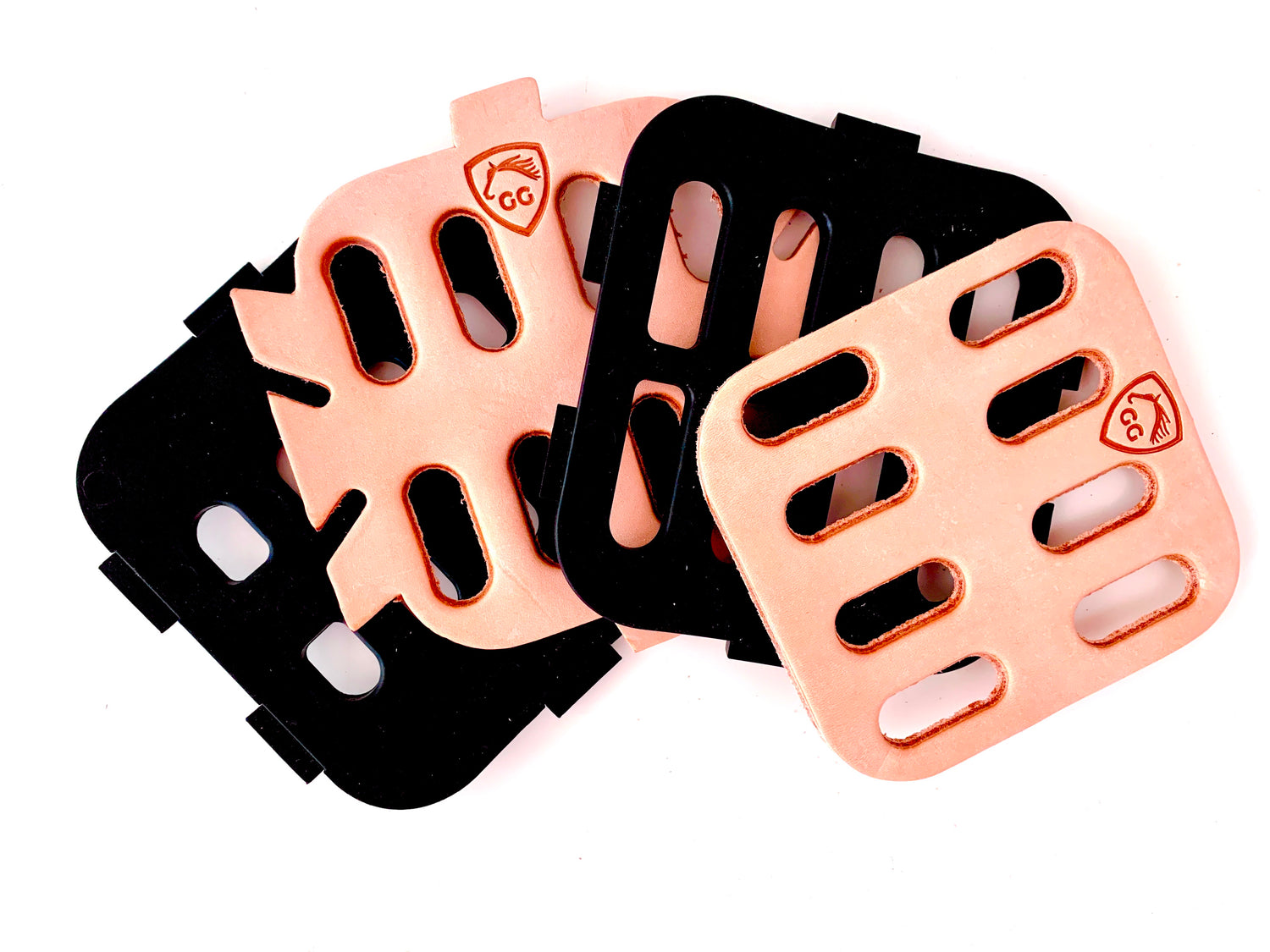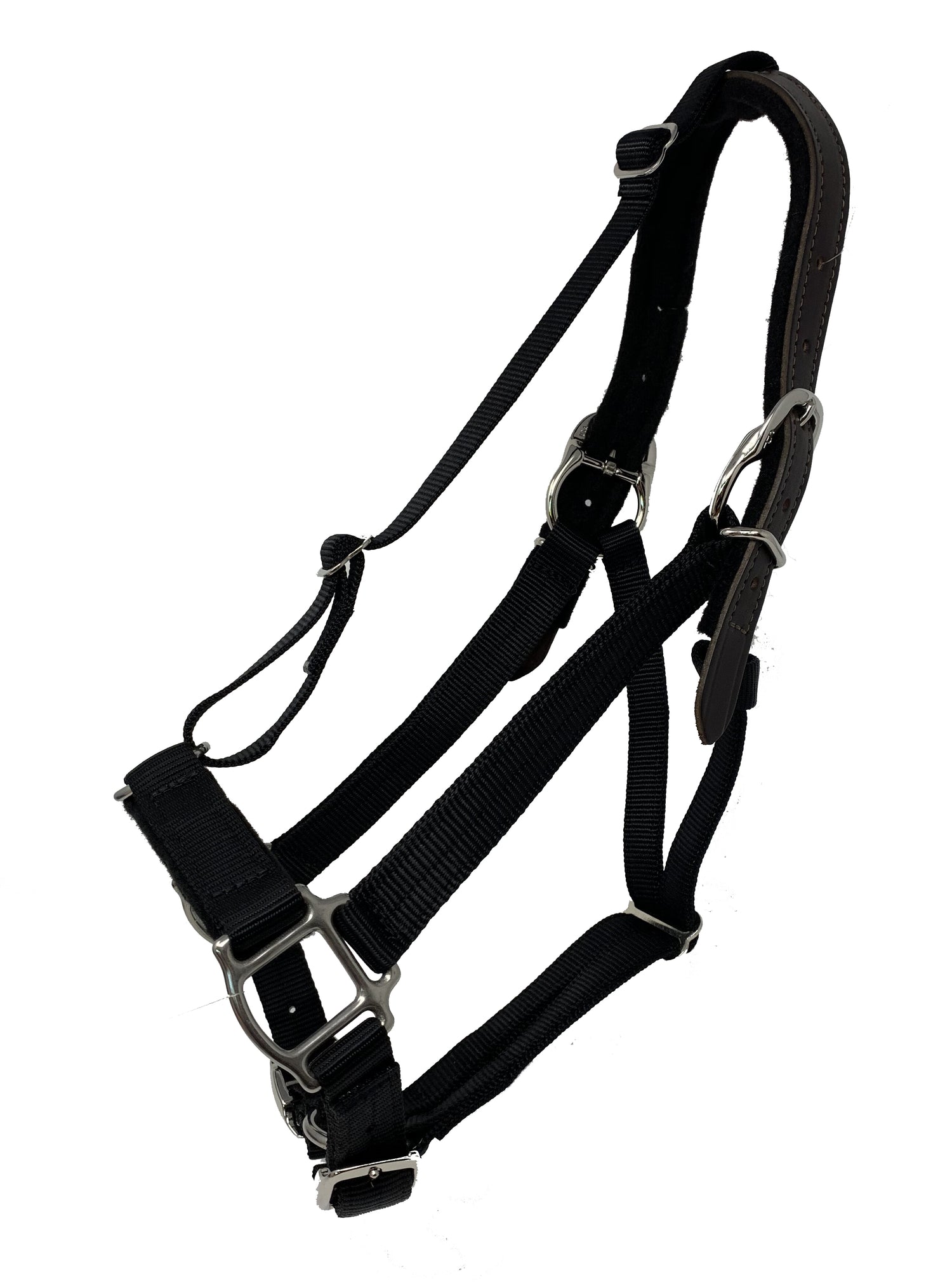In the simplest terms, the definition of laminitis is the inflammation of the laminae inside the horse's hoof, creating an extremely painful condition. This condition seems straightforward, but there are so many other things to learn about this debilitating and potentially fatal condition. Let's start on the basic anatomical level.
Horse Hoof Anatomy Refresher
A horse's hoof has important bones inside.
The coffin bone, also known as the pedal bone, distal phalanx, P3, has a disc shape and is the final bone in a horse's leg. It is suspended inside the hoof wall by a series of folding tissues called the laminae. There are sensitive sections of the laminae and insensitive sections. You can think of the laminae as forming a sling or hammock connecting the coffin bone and the hoof wall.
Just above the coffin bone is the short pastern bone, or P2. Tucked under the P2 is the navicular bone, towards the heel area of the hoof.
Other soft tissue structures connect in the hoof capsule to create movement. The deep digital flexor tendon (DDFT) is a long connective band that lifts the hoof from the ground to propel your horse forward. It attaches to the underside of the bones.

A horse enfeebled by laminitis often assumes unnatural positions trying to get comfortable. Illustration from "Elementary Lectures on Veterinary Science" (1903) by Henry Thompson via Wikimedia Commons.
What Happens When the Laminae Swell?
Laminitis is the inflammation of the laminae tissue. The swelling puts pressure on all of the internal structures of the hoof. It's not long before this swelling becomes quite painful for a horse. Often, the tissue will fail and die due to the lack of proper blood flow.
Equine Founder
One consequence of laminitis is that the coffin bone's support system no longer holds that bone firmly in place. As the weight of the horse and tension from other structures, like the DDFT, act on the loosened bones, they may slip out of place, causing equine founder. As the coffin bone moves inside the hoof, it may rotate or sink in digital displacement.
As severe cases of founder progress, the tip of the coffin bone may break through the sole of the foot.
Part of the treatment plan for laminitis is to prevent rotation of the coffin bone while providing supportive care.
Signs a Horse Has Laminitis
The naked eye can't see any turmoil inside a horse's hoof, but we can notice a few things about our horses that tell us about what's happening inside.
Some clinical signs of laminitis include:
Hot hooves. A horse with laminitis will usually have hot hooves from the swelling.
As the blood supply is compromised inside the hoof, the digital pulse around the fetlock will be stronger. Usually, the pulse around a horse's hoof is almost impossible to feel. With laminitis, restricted blood flow means the circulatory system has to work much harder to get blood through, and the digital pulse becomes strong and bounding.
There will be difficulty moving. Horses are reluctant to turn, walk on hard surfaces, move from deep bedding, and move forward.
About 25% of horses will shift backward as they stand. They are sending the horse's weight away from the front hooves, which are already more weight-bearing.
You may see changes to the coronary band as founder progresses. The sinking of the bones will tug on the hair and skin around the hoof, and you may see the hair pointing upward.
Some horses may show signs of colic. The laminitis horse can feel bad all over, and our first thought may be colic.
Liv shows us how to find your horse's digital pulse. Video via Pro Equine Grooms on YouTube.
How Long Does Laminitis Last?
Laminitis cases vary and may last for days, months, or longer after the onset of clinical signs. Every horse will experience laminitis differently.
Acute and chronic laminitis.
The acute phase of this disease process is a sudden onset of pain and other obvious signs. This is when you are more likely to see severe pain.
In the chronic phase, a horse will have inflammation and laminitis for months, even years. These seemingly healthy horses often show sore hooves after eating grass or sugary meals, growth rings on the hooves, and subtle changes to the hoof shape from the sole of the hoof upward. Chronic cases are typically mild cases but still need attention and care.
Recovery time
The degree of inflammation in the laminae and the recovery time will also vary. These depend on how early the condition is diagnosed and the level of care the horse receives. Treatment of laminitis also depends on short-term efforts and long-term changes to a horse's lifestyle and diet.

Overeating is just one potential cause of laminitis in horses. (Photo by anjajuli on Shutterstock)
What is Equine Laminitis Caused By?
Here's where equine laminitis gets tricky. This disease is not a primary event in a horse's body. In other words, the cause of the laminitis is usually unrelated to the hooves!
Metabolic disorders
By far, the most common factor for the laminitic horse is a metabolic syndrome. These diseases create insulin dysregulation, meaning their body begins to ignore insulin and thus creates more to react to sugars and starches in the diet. Insulin directly affects the small blood vessels in the hoof, creating laminitis.
Horses with pituitary pars intermedia dysfunction (PPID, formerly called Cushing's disease) have a higher risk of laminitis. The same holds for horses with equine metabolic syndrome (EMS), which is common in overweight horses.
These conditions warrant a low-sugar and low-starch diet to prevent laminitis. Pasture grass and sugary grain overload can easily trigger acute laminitis.
Other causes of laminitis
Sometimes, laminitis is caused by severe systemic disease, such as a virus, an illness, or when a mare retains her placenta after giving birth. Fevers are usually part of this equation.
Road founder happens when hooves and legs are subjected to short or long-term exercise on hard surfaces, which may create swelling in the hoof.
Some cases of laminitis arise from an injury. If a healthy leg is more weight-bearing than usual to alleviate pain in an injured leg, the additional strain can spur laminitis.
Black walnut shavings also trigger laminitis, often within an hour of exposure. Swollen legs usually accompany this.
What are some preventative measures?
Feeding a low-sugar diet and using grazing muzzles and slow-feeding hay bags can help slow down the digestion of sugars that trigger laminitis. Simple blood tests can also assess your risk of laminitis by looking for metabolic disorders.
Call Your Vet First
The earlier you catch laminitis in a horse, the better for everyone involved. You should always prioritize hoof problems in horses. Familiarize yourself with the causes of laminitis and diligently monitor your horse's diet and hooves.
Your vet can use X-rays, hoof testers, bloodwork, and other diagnostic measures to get a diagnosis. Many hoof issues, like abscesses and sole bruises, look the same as laminitis. Waiting for a diagnosis increases pain and healing time.
Your vet can also provide instant pain management and assess your horse's risk factors to immediately change their diet to prevent founder and distal displacement of the coffin bones. Stall rest is often part of the plan, with supportive or padded shoes or boots to support body weight.
Read more about laminitis here:
- Part 1: Introduction: What is laminitis in horses?
- Part 2: Causes of laminitis in horses
- Part 3: Spot the early signs of laminitis
- Part 4: What to do if you suspect laminitis or other hoof problems
- Part 4: Fall laminitis: The danger is real







